Making and keeping friends can be fraught with pitfalls. Some well-timed social-skills reinforcement can go a long way towards boosting the happiness of littles (and their parents!) when it comes to friendship.
Hundreds of books exist to help build confidence and navigate shaky territory in friendships—the best embolden kids to listen to their hearts while illuminating the powerful possibilities available when we are kind to ourselves and others.
Recently, graphic novels and books with multiple points of view such as Wonder and Because of Mr. Terupt, have supercharged the genre, raising the bar for emotional learning and empathetic understanding. Here are just a few of our many favorites:
Even the title gets littles giggling, but inside the story of Mustache Baby and his arch nemesis, Bearded Baby, there’s a fair amount of friendship drama unfurling along with the comical facial hair. With lessons on competition, managing anger, making amends and a little Mexican Wrestling thrown in for good measure, Mustache Baby Meets His Match makes learning about friendship laugh-out-loud funny.
Also Great: Piggy and Gerald Books, especially My Friend is Sad, Mr. Rogers Neighborhood First Experiences: Making Friends, Leonardo the Terrible Monster, Mustache Baby
When a fox can’t find friends among his own kind to explore his existential questions, such as “Why is water so wet?” he sets sail on the titular antlered ship for uncharted terrain with an unlikely deer captain and pigeon crew. Beautifully illustrated in graphite and ink, with a healthy dose of magic and wonder, the book answers the fox’s most important question: “How can you find a friend you can talk to?” while keeping kids blissfully turning pages.
Also Great: Teach Your Dragon to Make Friends, Be Kind, The Bad Seed
Marc Brown’s Arthur books are wonderful places to find warm, slice-of-life stories about how kids interact, but his collaboration with his wife, Lauren Krasny Brown, How to Be A Friend, takes social skill building to the next level. With affable, invaluable advice on the nuts and bolts of choosing friends, ways to show interest, techniques for joining others in play, ways to disagree respectfully and deal with bossies and bullies, it’s an indispensable first how-to book for littles.
Also Great: Two Friends, The Story of Susan B. Anthony and Frederick Douglas, The Worst of Friends: Thomas Jefferson and John Adams, The True Story of an American Feud, Arthur’s Underpants
From micro-expressions to macro-aggressions, nothing captures the social and emotional drama of school age girls like graphic novels. Shannon Hales’ Real Friends is among the best, chronicling young Shannon’s attempt to find balance on the shifting ground that is fourth grade. Recipient of a slew of well-deserved awards, from Parents Magazine, School Library Journal, Booklist and more, Real Friends effortlessly lifts the veil on bullying and the all-too-easy slide into group think. Championing the importance of listening to your heart and being true to yourself, it’s a brightly-colored gem that kids love to read and reread.
Also Great: Best Friends, Smile, Sisters, Invisible Emmie
Jennifer Holm’s third Installment in the Sunny series navigates the eternal question: What does it mean to be cool? Sunny finds herself sacrificing her interests to please her friends, only to find that no one is happy with the results, least of all, Sunny herself. It’s familiar terrain, but author Jennifer Holm manages to keep it fresh while nailing the uncertainty peculiar to boy-girl friendships. The book also opens a door into the wildly popular world of Dungeons and Dragons, using it to illuminate the ways in which people can forge their own characters, based on what’s important to them, which is, not accidentally, the real definition of cool.
Also Great: Babysitter’s Club, The Graphic Novels, No Talking, Guts
Dedicated to “All of those who have sat alone at the playground,” New York Time’s Bestselling author Maya Van Wagenen’s wonderful memoir is thoughtful and insightful on its own—the fact that she published it at age 15 elevates it to almost miraculous. When Maya was 11, she and her mother unearthed a book from the 1950s, Betty Cornell’s Guide to Being Popular, chock full of laughable advice like how all girls should wear girdles and put Vaseline on their eyes. On a lark, Maya’s mom convinces her to follow Cornell’s advice and Popular was born. In the tradition of Gretchen Rubin’s Happiness Project, Maya walks us through the ups and downs of her life as she becomes (spoiler alert) popular.
Also Great: I Will Always Write Back, Auggie and Me, Saving Mr. Terupt, Stargirl, New Kid

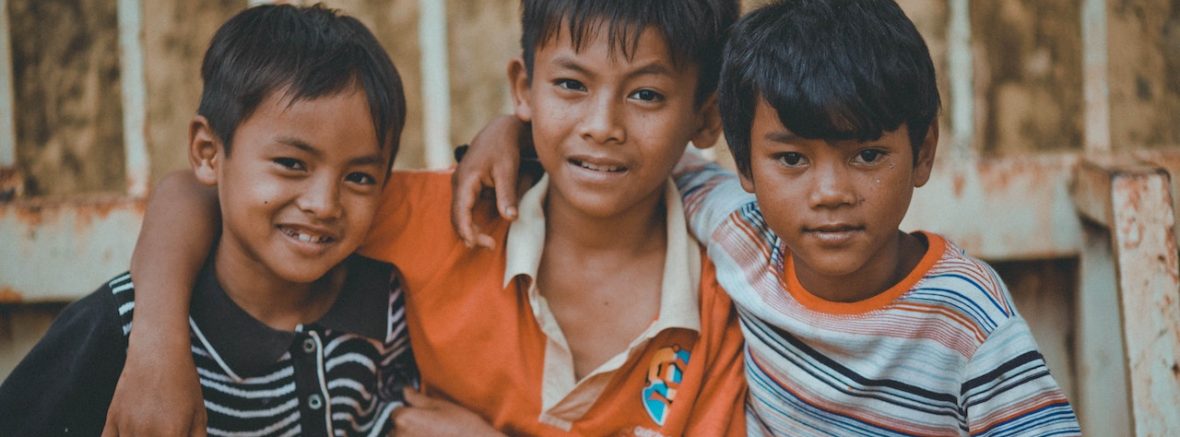
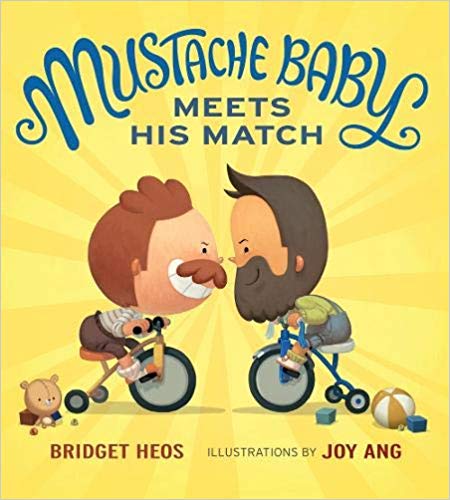
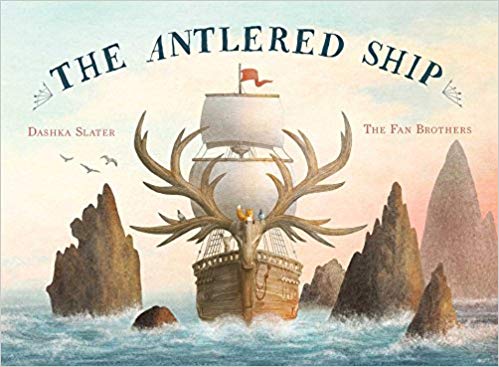
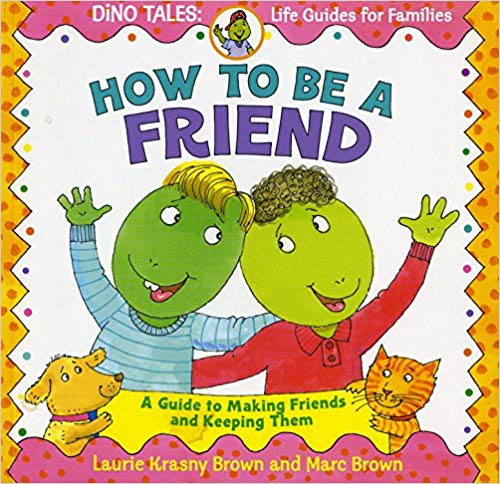

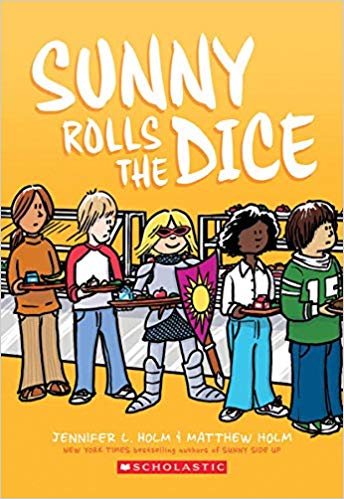


Share this: